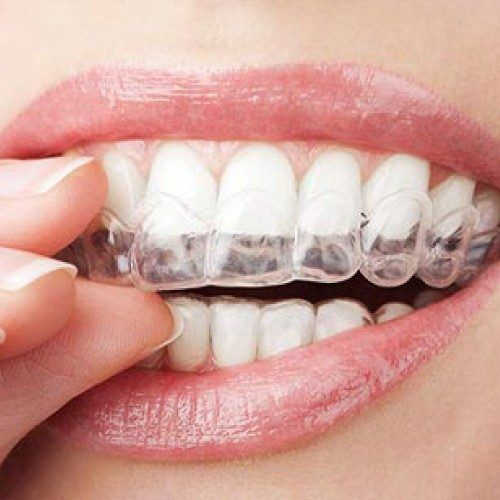
Invisalign has emerged as a popular and innovative solution for individuals seeking a discreet and flexible approach to orthodontic treatment. Like any medical decision, choosing invisalign in Abu Dhabi comes with its own set of advantages and considerations. Here, we will explore the pros and cons to help individuals make an informed decision about this clear aligner system.
Pros of getting invisalign
Aesthetic appeal
Invisalign aligners are virtually invisible when worn, providing a discreet alternative to traditional braces. This aesthetic advantage is particularly appealing to individuals who are conscious about the appearance of orthodontic devices.
Removability
Invisalign aligners are removable, allowing individuals to take them out for meals, special occasions, and oral hygiene routines. This feature offers flexibility and ease of maintenance compared to traditional braces that are fixed onto the teeth.
Comfort
Invisalign aligners are made of smooth, comfortable plastic, eliminating the strength for irritation and sores often associated with traditional braces. The absence of wires and brackets enhances overall comfort during the course of treatment.
Improved oral hygiene
Removable aligners facilitate better oral hygiene. Individuals can brush and floss their teeth without the hindrance of brackets and wires, reducing the risk of plaque buildup and contributing to overall gum health.
Predictable treatment planning
Invisalign treatment involves advanced computerized technology that allows for precise treatment planning. Virtual simulations predict the progression of tooth movement, providing a clear roadmap for the entire orthodontic journey.
Fewer office visits
Invisalign typically requires fewer in-person visits compared to traditional braces. While regular check-ups are still necessary, the absence of wire adjustments and emergency visits for broken brackets can reduce the overall number of appointments.
Cons of getting invisalign
Patient compliance
Invisalign’s success depends on consistent patient compliance. Aligners must be worn for at least 20 to 22 hours per day to achieve the desired results. Individuals who struggle with wearing the aligners as prescribed may experience delays or suboptimal outcomes.
Not suitable for all cases
Invisalign may not be the ideal solution for severe orthodontic cases or complex bite issues. Traditional braces offer more control in certain situations, making them a preferred choice for specific dental concerns.
Initial discomfort
Like any orthodontic treatment, individuals may experience initial discomfort when transitioning to a new set of aligners. This discomfort is typically temporary and diminishes as the mouth adjusts to the changes.

